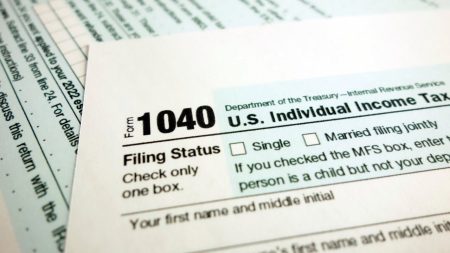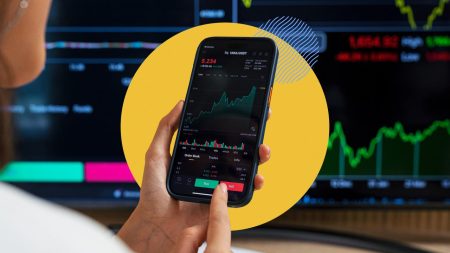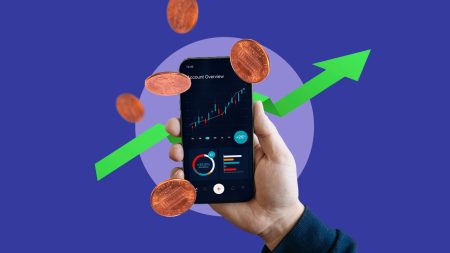The Federal Reserve is losing its audience. The ever-growing inflationary period has pushed consumers to take over.
A key anti-inflation spending strategy returns
When the inflation period started, consumers kept spending even as food companies raised popular brand prices in line with (or even higher than) the inflation rate. However, as time wore on and inflation’s cumulative rise ate into household budgets, consumers finally reacted.
The primary step has been to move from name brands to store brands. That shift is starting to eat away at name brand sales volumes. As a result, companies are attempting to do a balancing act of maintaining both profits and sales volumes. Easier said than done. Once consumers embrace alternative, lower-priced brands, it is difficult to entice them back.
The consumers’ big problem: 25% higher food prices
The graph below shows the 25% cumulative inflationary CPI price rises for both “food at home” and “food away from home.”
Note: While the Fed and media may talk about 12-month inflation rate of 3%, they are ignoring the significant compounding effect atop an already high, cumulative price rise. At this point, that 3% adds 3.75%, taking the cumulative rise to almost 29%. What people want is a drop in prices, not another rise piled on.
Look at it this way: If consumers are upset at the 25% increase, “only” 3% is irrelevant because 29% is even worse. On the flip side, if shifting to an alternate brand saves 10%, consumers can cut that 25% in half, to 12.5%.
The consumer survey that shows this anti-inflation attitude
The University of Michigan just released its Consumer Sentiment Survey for May (preliminary). The results show a sharp drop in consumer sentiment overall and for both current and expected conditions. All three are now around 67, a level associated with a weak economy and recession. This graph shows the long-term moves for the three measures, with the latest results in the circle on the right.
Note: While this is not a recession, the adverse conditions felt by many (most) consumers is far worse than the Fed’s focus on the latest 12-month inflation rate. Worse, Fed Chair Powell is acting like times are improving by trimming the already paltry reduction of the $trillions in added money supply that launched this inflationary cycle. Also, he is criticizing people for talking about “stagflation” (meaning a stagnant economy with high inflation), as if speaking the word will make it come true.
The bottom line: Consumers have moved into the driver’s seat
Consumers are taking action to counter the financial damage from this inflationary cycle. Thus, corporations need to make adjustments. So, sound, fundamental business management will be the focus.
What about the stock price and executive options/bonuses? They will be set aside, waiting for the results in this new environment.
Read the full article here
















